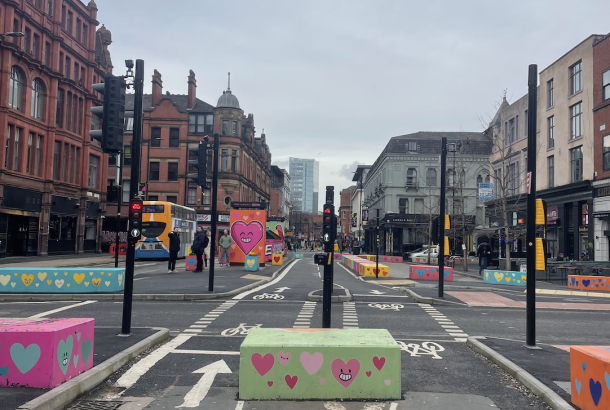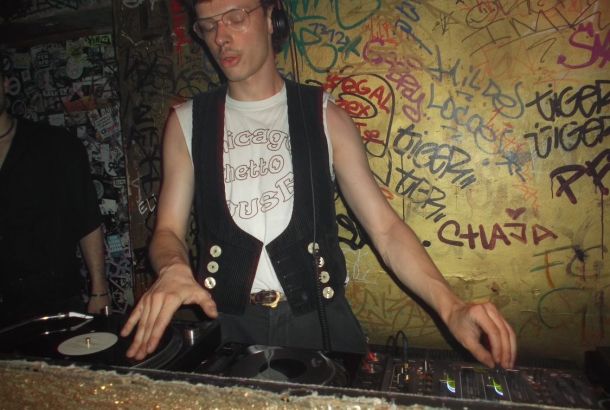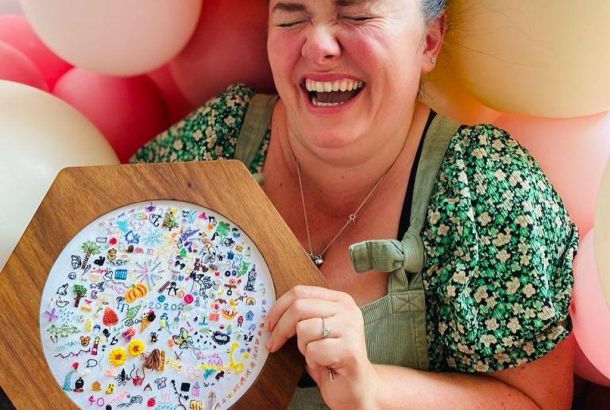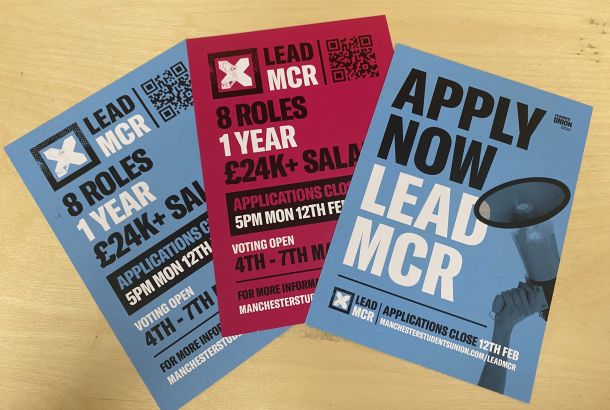Housing crisis tensions continue to escalate
By Liam Kelly
Housing and homelessness charity Shelter has consistently sounded warnings about the chronic shortage of affordable housing available in the UK.
One of the starkest warnings yet was its recent report that, since the broadening of the ‘Right to Buy’ scheme in 2012 under the coalition government—which allows council tenants to buy their council home at a discount of up to £75000—one in three local councils had failed to replace a single home sold through the scheme.
The charity said just 8 per cent of councils had built enough homes to replenish half of its stock.
The growing need for more affordable housing is a cause that has consistently united politicians from across the political spectrum in calling for more to be done.
However, despite these emphatic and repeated calls to action from all sides, house building in the UK continues to be in a state of inertia.
The government says it is committed to building 275,000 affordable homes before the end of this parliament.
Statistics compiled by the Department of Communities and Local Government (DCLG)—which are hosted on the Shelter website—show that the number of homes owned by Manchester City Council decreased by almost 1,500 between 2010 and 2014.
After the broadening of ‘Right to Buy’ in 2012, the council sold 245 houses under the scheme, to the end of 2014. Since the year 2010/11, the amount of new houses built by the council—both completions and starts—totals only 40.
With less and less affordable housing available in Manchester, more and more people are finding themselves homeless or sleeping rough.
Compounding the issue is fact that the Salvation Army previously managed a 120-bed homeless shelter on Wilmott Street, but it closed two years ago. The Manchester Evening News reported in June that an estimate of the rough sleepers in Manchester in 2014 showed a six-fold increase since 2010.
Since the spring, there has been a marked escalation in the tensions resulting from the dearth of affordable housing and increasing levels of homelessness, and continue to rumble on as the new academic year starts.
Firstly, in April, a group calling themselves ‘Homeless Rights of Justice’—made up of around 30 people who had been homeless for a long time—organised a protest outside Manchester Town Hall to raise awareness of cuts to funding to aid homeless people, such as mental health provision and housing benefit.
When facing eviction, the group then moved to St. Peter’s Square, outside the Central Library. Tensions increased during a row over the use of library facilities by members of the group.
This bizarre cat-and-mouse game between the council and the homeless activists continued into June, when the group were evicted from St. Peter’s Square and set up a new camp in St. Ann’s Square, just around the corner. The evictions kept coming, and the group subsequently moved on to Castlefield, and then King Street.
Eventually, in August, the council applied for an injunction to prevent anybody from erecting a tent in the city centre in protest at its homeless policies. A judge granted the injunction, and now those who are found to be in breach could face up to two years in prison, or a fine of £5,000.
Then, in early September, a new camp made up by homeless people sprung up under the Mancunian Way overpass, between two buildings owned by Manchester Metropolitan University.
‘The Ark’, as it was known, attempted to take on this issue of almost biblical proportions.
‘The Ark’ before demolition. Photo: The MancunionI went to The Ark to talk to Ryan, a 24-year-old man who has led the charge in this crusade, a modern-day Noah taking on those desperately in need of help. He is uncomfortable at the idea that he is the “leader” or “boss” of this group, but instead claims to be someone doing whatever he can to help. So, how did The Ark come into being?
“This bridge has been used by homeless people since I was a child… I used to see people sleeping here, and when I first became homeless myself I used to stay here in a cardboard box. A series of events and strange happenings led to a friend and myself living here, homeless, living together in a tent.
“And I built a windbreaker to the side of us, which I ultimately made into four walls, and the council said I was ‘protesting’. And because we’re ‘protesting’ they’re trying to forcibly remove us.”
Obviously, The Ark was a makeshift set up: Pallets and sheets of plastic created windbreaks, a tattered sofa and a picnic table provided a sitting area and, most distinctively, the group slept in tents.
Adorning the outside walls of The Ark were pleas for support from passers-by, donation buckets, and denunciations of both the council and Manchester Metropolitan. One said:
“THESE TENTS ARE HERE TO PROVIDE HOMES AND SHELTER. THEY ARE NOT HERE AS A PROTEST.”
One of many signs that were outside ‘The Ark’. Photo: The MancunionHowever, as Ryan pointed out to me, The Ark was much more than a group of people sleeping in tents under a bridge: “It really feels like a home… We’ve got hot rings so we can cook food, we’ve got a TV, and we can watch DVDs.
“We’ve got 230-volt mains power, we’ve got 110-volt power, and we’ve got 12-volt power. Some of the equipment has been bought from the donation bucket; some of it has been donated by lovely people who wanted to help us.
“The whole setup probably cost about £300, but it gives somewhere for homeless people to come, get warm, eat some hot food, charge their phones and sleep a bit more soundly.”
This is the crux of the issue: those who found themselves homeless felt abandoned, and took it upon themselves to create a safe space.
However crude the nature of the shelter’s construction, it did not dampen the spirits of the members of this “self-serving community.” There was a real sense of community at The Ark. Resources were shared in a selfless way; whilst discussions were had about how to save the camp from its impending destruction.
You would be forgiven for thinking that The Ark was a desolate place, but it really wasn’t. Members of the group were laughing and smiling sat around a fire in the middle of the complex, much as students do in their accommodation. The apparent contentment may well have resulted from the security they felt at being in that place.
During the brief time I was there, they welcomed a new member into their midst without interrogation or prejudice, immediately offering him a place to stay until he gets back on his feet.
A petition organised by the members of The Ark against the group being evicted gained over 3,500 signatures on Change.org.
The members of the group are also a dab hand at social media—which is so important in getting recognition for a campaign today—and their Facebook page has over 2,000 likes. The page has been used to update the supporters of the group, organise demonstrations, and even meditation sessions.
Early in the morning of Friday 18th of September, as reported in The Mancunion, the camp members were evicted from their position under the bridge by a combination of police officers and bailiffs.
Videos from the scene show physical altercations between the members of the camp and the enforcement officers whose job it was to clear the camp, remove the infrastructure and, according to some reports, the personal effects of the camp members.
A reporter for The Mancunion, who was at the scene when the camp was removed, saw artist and homeless activist Jen Wu forcibly dragged from her tent screaming, before later seeing her be carried into an ambulance on a stretcher.
During the afternoon of 18th of September, Manchester Metropolitan University released a statement about the eviction of the camp members, claiming that the majority of those removed “are not recognised as homeless individuals, either by the City Council or by Greater Manchester Police.”
The site that previously played host to The Ark has now had a metal fence erected around it, and is now used for the storage of refuse bins.
Ryan was arrested for breaching the peace on the day of the eviction.
Last week a protest led by students from the University of Manchester and Manchester Metropolitan University was held in solidarity with the members of the group, urging the university to return the land to the group. Over 70 people took part in the demonstration, with placards that read “Lives not Land”, and “People before Profits.”
Students from both the University of Manchester and Manchester Metropolitan University protest the demolition of The Ark. Photo: The MancunionThe increasing tension between the homeless and the authorities is symptomatic of the housing shortage in the area, as well as cuts to mental health provision and insecure jobs. However, this problem is not merely confined to Manchester, but to the UK as a whole.
All sides would likely view the current situation as being unsustainable, as the pattern of eviction-relocation-eviction appears to be never-ending. I asked Ryan how, in an ideal world, he would see it resolved: “It’s not going to be resolved overnight; it needs a massive strategic plan and total overhaul.”
And would he try and keep the community together?
“Of course. You have to.”







